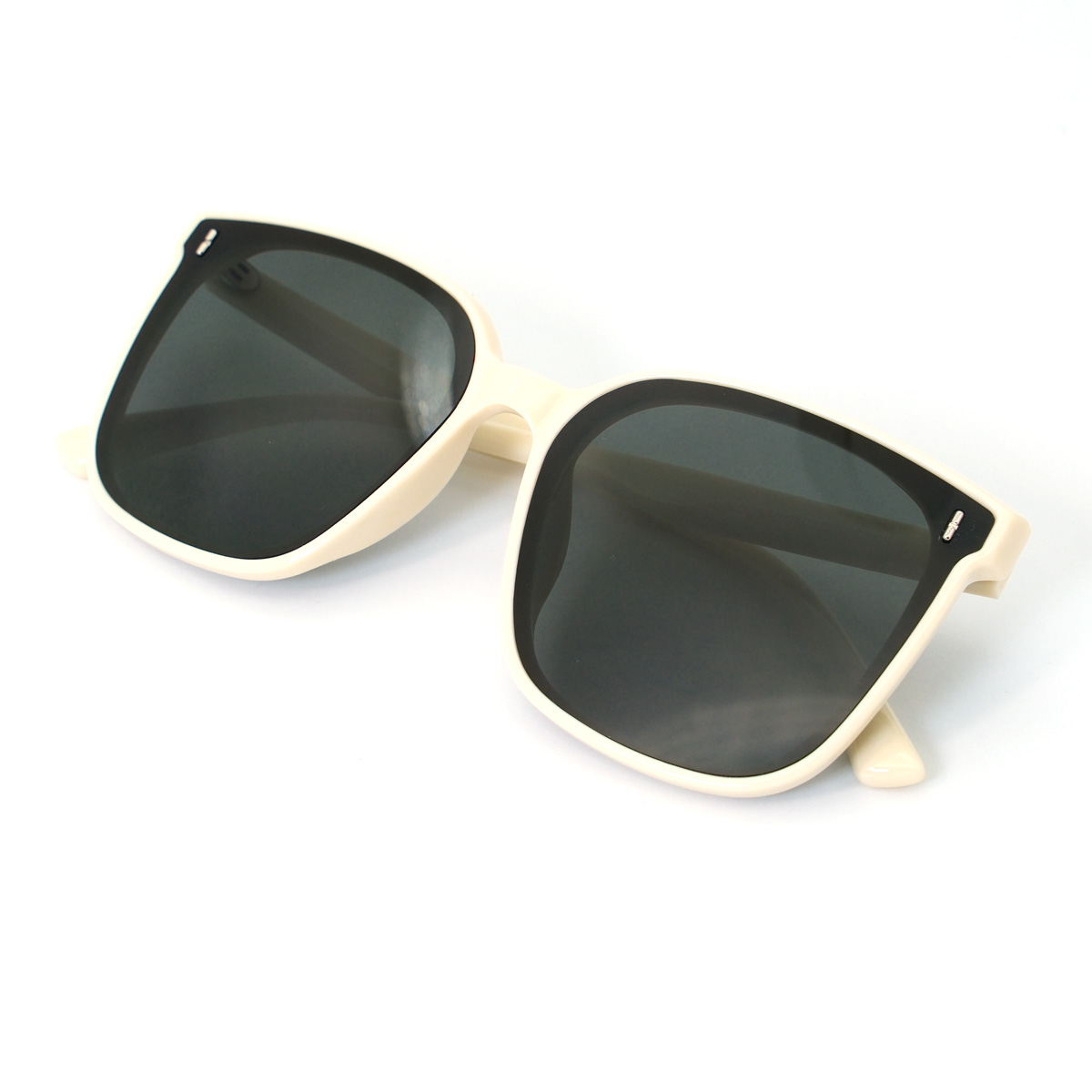What are the functions of photochromic lenses and polarized lenses?
Photochromic lenses and polarized lenses are two popular options in the eyewear industry that offer unique functionalities to enhance visual clarity and eye protection. Both types of lenses serve distinct purposes and cater to specific needs. In this article, we will explore the functions of photochromic lenses and polarized lenses, providing clear viewpoints on their features, benefits, and applications.
1. Photochromic Lenses:
Photochromic lenses, also known as transition lenses, are eyeglass lenses that darken automatically in response to changes in ambient light conditions. These lenses contain special molecules that undergo a chemical reaction when exposed to ultraviolet (UV) radiation, causing them to darken. When the UV light diminishes, the lenses gradually return to their clear state. The key functions of photochromic lenses include:
a. Light Adaptation: Photochromic lenses provide seamless and automatic light adaptation, allowing the wearer to transition smoothly between different lighting environments. They darken when exposed to bright sunlight outdoors and lighten when indoors or in low-light conditions.
b. UV Protection: Photochromic lenses offer UV protection by blocking harmful UV rays from reaching the eyes. This feature helps reduce the risk of eye conditions caused by prolonged exposure to UV radiation, such as cataracts and photokeratitis.
c. Convenience and Versatility: Photochromic lenses eliminate the need for multiple pairs of eyeglasses, as they adapt to changing light conditions. They provide convenience and versatility for individuals who frequently transition between indoor and outdoor environments.

2. Polarized Lenses:
Polarized lenses are specialized eyewear lenses designed to reduce glare and improve visual clarity by filtering out horizontally polarized light. They contain a special filter that selectively blocks or absorbs light waves, specifically those that reflect off horizontal surfaces such as water, snow, or the road. The primary functions of polarized lenses include:
a. Glare Reduction: Polarized lenses significantly reduce glare caused by light reflecting off surfaces, such as water, snow, or shiny objects. This feature enhances visual comfort and clarity, making them particularly beneficial for activities like driving, water sports, or skiing.
b. Enhanced Contrast and Color Perception: By eliminating glare, polarized lenses enhance contrast and improve color perception. They provide sharper vision and better depth perception, allowing wearers to see details more clearly and accurately.
c. Eye Protection: Polarized lenses offer UV protection by blocking a significant amount of harmful UV rays. Similar to photochromic lenses, they help safeguard the eyes against UV-related conditions and reduce the risk of long-term damage.
d. Specific Applications: Polarized lenses are especially popular among individuals engaged in outdoor activities, such as fishing, boating, golfing, and skiing, as they provide enhanced visual performance in bright and reflective environments.
Both photochromic lenses and polarized lenses offer distinct functions and benefits in the realm of eyewear. Photochromic lenses provide automatic light adaptation, UV protection, and convenience, making them ideal for those who frequently transition between indoor and outdoor environments. On the other hand, polarized lenses effectively reduce glare, enhance contrast and color perception, and offer UV protection, making them a preferred choice for outdoor activities and bright environments. Understanding the functions of these lenses allows individuals to make informed decisions based on their specific needs, ensuring optimal visual comfort, clarity, and eye protection.
